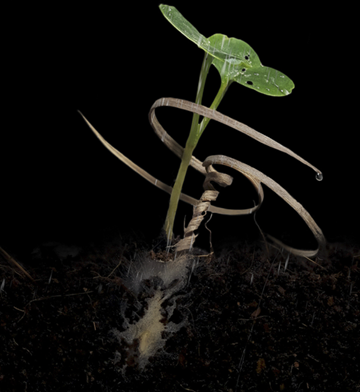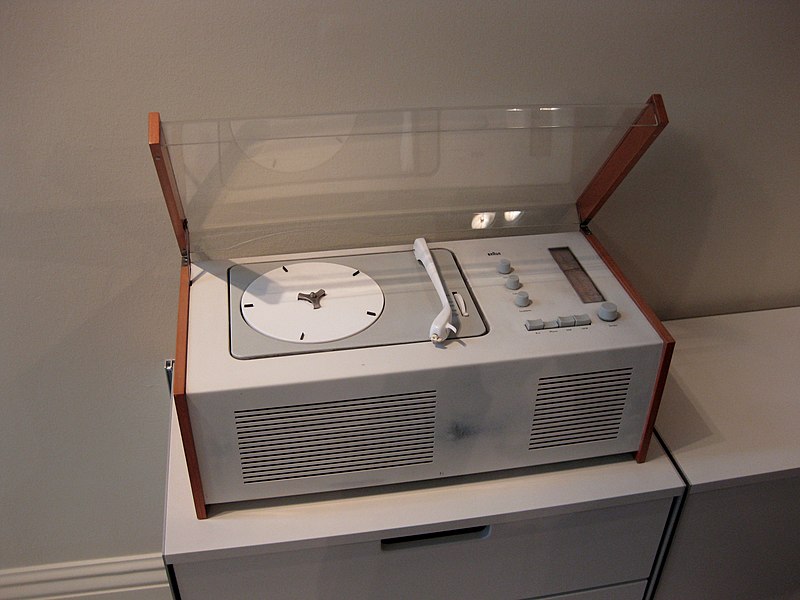We asked a few of our students about their design inspirations.
Our student, Julia Davis, is completing her BSc in Engineering, specialising in environment and sustainability. Below is her blog on her what it means to do design at OU.
Designing the Future: Creativity, Innovation, and Real-World Problem Solving at the Open University
Design at OU represents a deep intersection between creativity, innovation, and practical problem-solving. To me, design embodies the ability to harness human ingenuity to develop solutions that improve the quality of life and address environmental, societal, and technological challenges. At OU, design bridges disciplines—engineering, architecture, environmental science, and even the arts—each playing a role in shaping sustainable, functional, and aesthetic solutions. It encourages exploration, pushes boundaries, and asks designers to consider not just what looks good, but what works efficiently in the real world. OU design students are a special breed who bring such diverse backgrounds and life experiences to the table. Who better to bring to our material environment designs that work!

My personal favourite design is the lightweight wooden seed carrier developed by researchers to aid forest recovery after fires. Inspired by the natural mechanisms of the stork’s bill geranium, this design mimics nature’s way of dispersing seeds efficiently and increases their chances of germination in tough conditions. The carrier, crafted from oak strips softened with lye and sodium sulphite, corkscrews into the soil when moistened, just like the geranium seed’s tail. This biomimicry is both beautiful and functional, combining materials science and ecological understanding to solve a very real problem—how to restore vegetation on fire-damaged landscapes.
What resonates with me about this design is how it seamlessly integrates form and function. Its inspiration from nature is a reminder that some of the best solutions come from looking closely at how natural systems work. The use of simple, sustainable materials like wood, shaped in innovative ways, demonstrates how even traditional materials can be used to solve modern problems. This project also highlights how design can go beyond aesthetics and user interaction to impact ecosystems and the environment directly.

Braun SK 4.1 designed by Dieter Rams and Hans Gugelot Courtesy of With Associates
My favourite designer is Dieter Rams, renowned for his philosophy of “less, but better.” Rams’ approach to design emphasizes simplicity, functionality, and sustainability, principles that resonate with the wooden seed carrier’s design. Rams believes that good design is as little design as possible, something I see reflected in this seed carrier—minimal, purposeful, and efficient. Just as Rams’ designs reduce waste and unnecessary complexity, this seed carrier uses minimal material and smart natural processes to maximize ecological benefits.
Ultimately, design at OU encourages these same values of simplicity, sustainability, and innovation, which have a profound impact on both our built environment and the natural world. Interested? Find out more about our exciting design module T190 here.

Leave a Reply